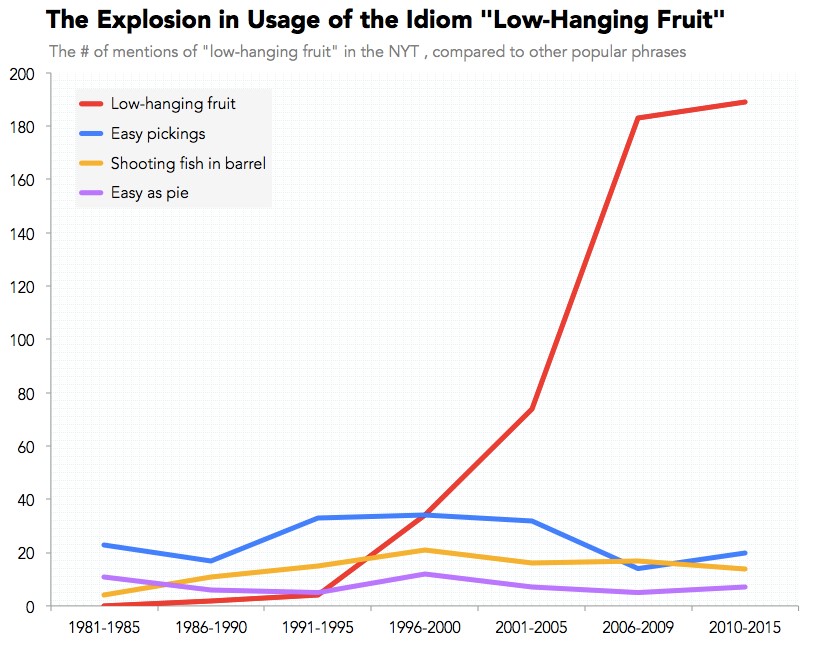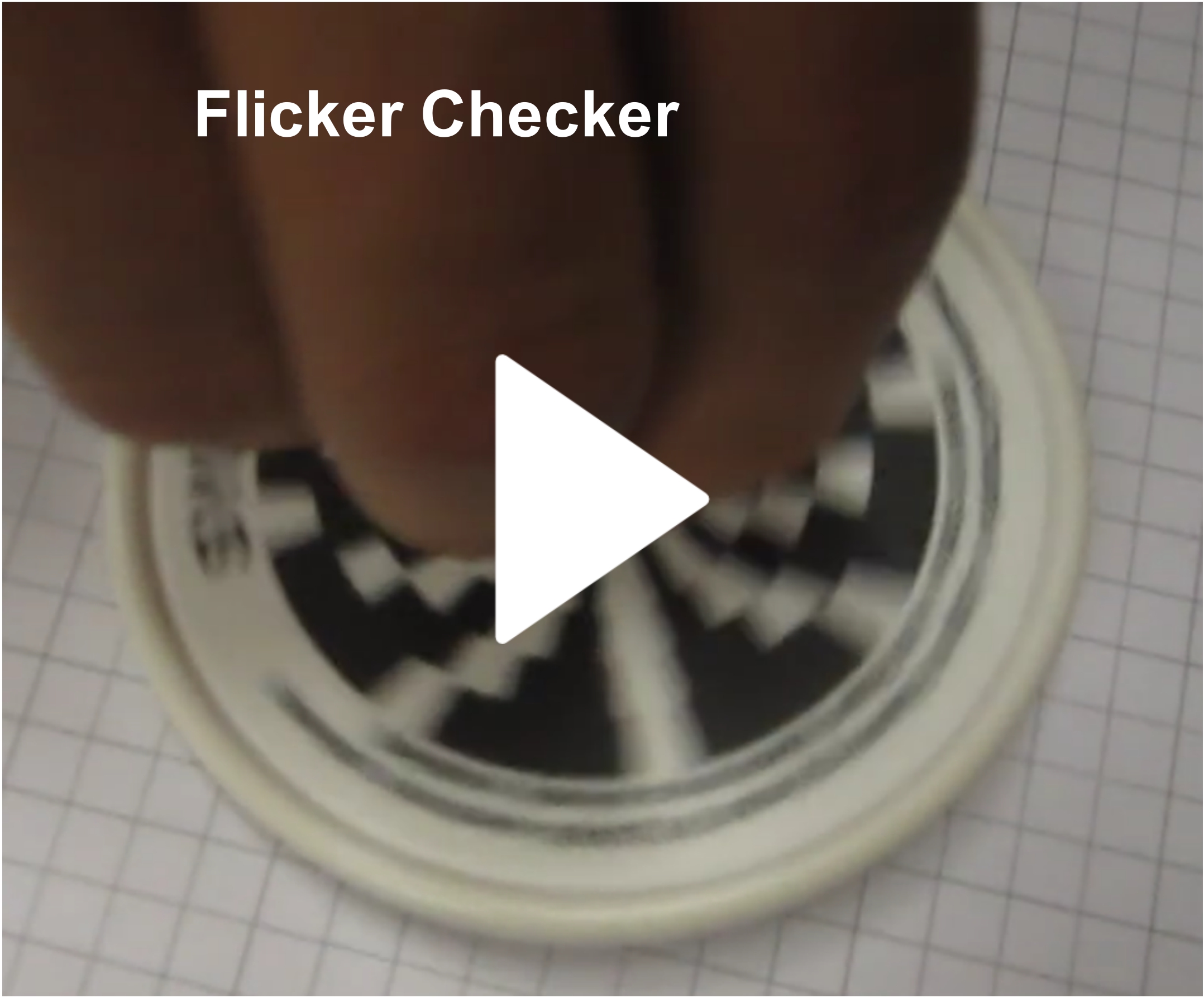
This week, we are taking a trip down easy street to explore what I called three years ago in DOE Pumping Standards a nauseating term, “low hanging fruit.” I love charts like the one below. Where can you find stuff like that? Well, the source vanished, except that I posted it in the Rant, it lives!
Because of associated nausea and our love of acronyms, let’s call it LHF. On that note, it looks like left-handed fingering (think guitar playing) dominates the market for the LHF acronym.
What does the idiom LHF mean?
Lighting and Motors
Lighting and motors are the first things that come to mind for LHF – in other words, measures that a 3rd grader can identify.
What third grader doesn’t like spinning tops, yoyos, and bouncing balls? In the 1990s, we used tops to identify lighting opportunities. The tops were cleverly called flicker checkers – they are engineering, marketing, branding, and naming at their finest. The flicker checker produces a strobing effect for low frequency (magnetic) ballasts. It does not strobe under the uber-high frequency of the electronic ballast. Therefore, Jeff could determine the ballast type by spinning a top without getting electrocuted while dismantling a fixture for visual inspection. You could say the flicker checker made the Rant possible.
Why were lighting and efficient motors easy to commoditize? Because a third grader understands what they are and what they do. But what was so appealing to them (notice I write in the past tense)? I would say that back in the day of flicker checkers, the appeal was almost purely economic, although it is possible that some fluorescent lighting ballasts and certainly high-intensity technologies (high-pressure sodium, metal halide) would buzz or hum. Getting rid of the irritating hum provides non-financial benefits.
Today, LEDs come with the huge benefit of 100,000-hour lifetimes. As a result, they practically walk in and install themselves with little intervention, marketing, and sales required. Change-a-lightbulb jokes may go extinct.
Variable Frequency Drives
Once all motors have been converted to efficient models via LHF awareness, the next easy thing to do was hang a variable frequency drive on the wall to control motor speed. How does the magic box control speed for pumping or air-moving devices? Typically not very well.
By the way, I noticed the nearby cartoon as part of a variable frequency drive educational video. It should give any mechanical engineer the willies. Electrical engineers must have made this thing.
- As shown, the pump appears to be a hydro-electric turbine generator – a pump in reverse.
- Pumps take suction (input) on the end and discharge centrifugally out the top or side (in or out of the plain of your computer monitor).
When boiled away, LHF includes doohickeys and widgets that a third grader understands, up through appendages and add-ons that may require that stature of a high school diploma. Maybe.
Earning It
As we quickly pass through the door from the LHF era to the post-LHF period, much more scientific knowledge is required, whether it is engineering, behavioral science, psychology, or marketing and trickery.
Take retro-commissioning, please. To my single, Rant-reading fans looking for a challenge, try picking up an attractive person of your choice at a bar using retro-commissioning as the topic de jure. Consider it bull riding. If you can keep someone engaged for eight seconds, like staying on a hyper-athletic bull, where “they’re breeding the bulls to be more athletic and electric,” and “Cowboys are just kinda staying the same,” you win! (Points at least)
(Check out the clown at 44 seconds into the video – must be a rookie. I bet that hurt.)
Folks, you have to be talking to somebody who is REALLY motivated to reduce energy cost for them to hang on through a discussion of retro-commissioning. Furthermore, the error bands on guessing outcomes of retro-commissioning from the start are vast. Conversely, although it was twenty years ago, I still know many fluorescent and high-intensity lamp and ballast wattage combinations. I could tell you percent savings and what the reduction in lamp-changing labor and material costs would be.
We are rapidly transitioning from LHF lightbulbs and doohickeys toward systems control and optimization and teaching people to fish for themselves with feedback tools. While I’ve never been a lightbulb jockey, I find the “bOO ridin” to be far more interesting and challenging.
“Totally Irrelevant”
The last word on LHF:
Perhaps most interestingly, the term LHF is literally “totally irrelevant,” notes Priceonomics. In the 1960s and a decade or two later, apple trees were 20-30 foot tall behemoths. To this, I can attest. As a kid, I would go to the orchard with Mom, and we would pick our apples – with ladders – stepladders, straight ladders, and extension ladders. Can you imagine this today? Too many attorneys and people who don’t understand gravity.
Since then, trees have been dwarfed to 5-7 feet tall, packing far more production into a smaller footprint, much faster. So ALL fruit is low hanging. But this is not the way it is with efficiency.








